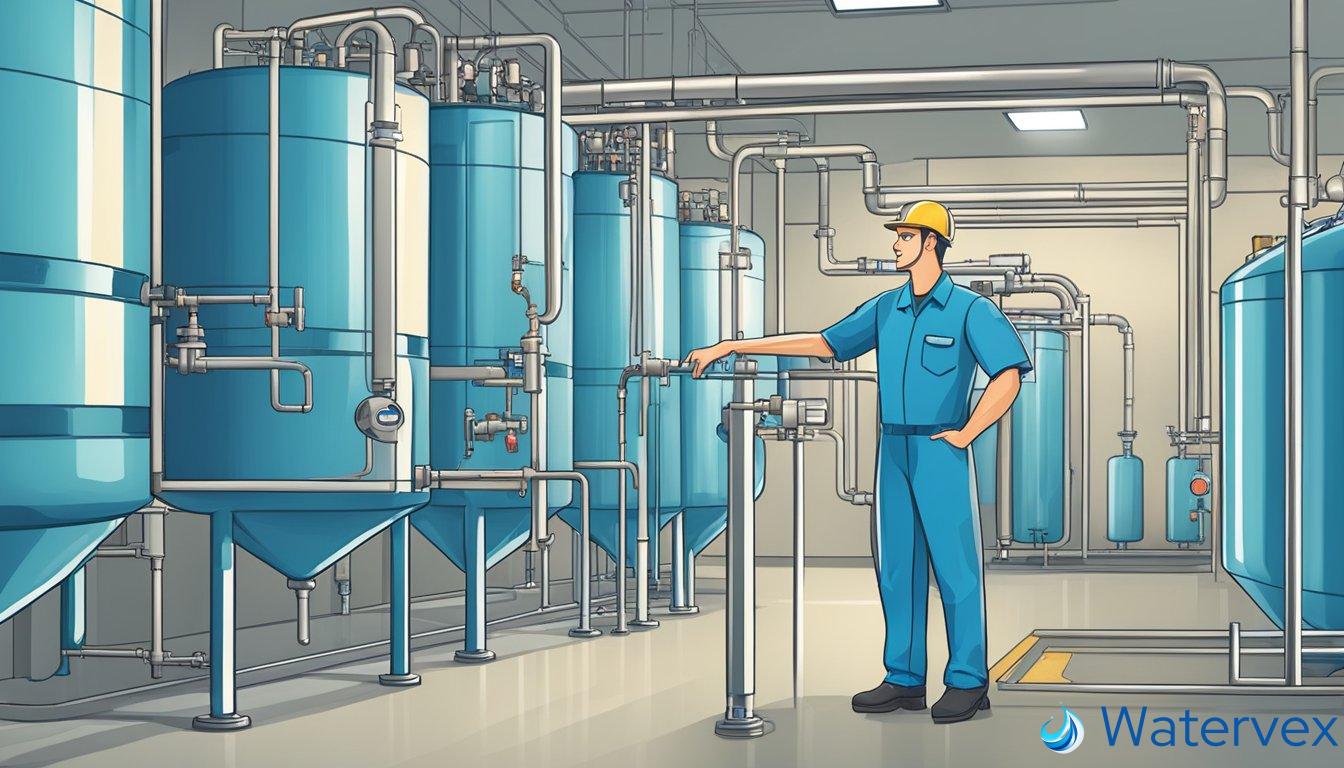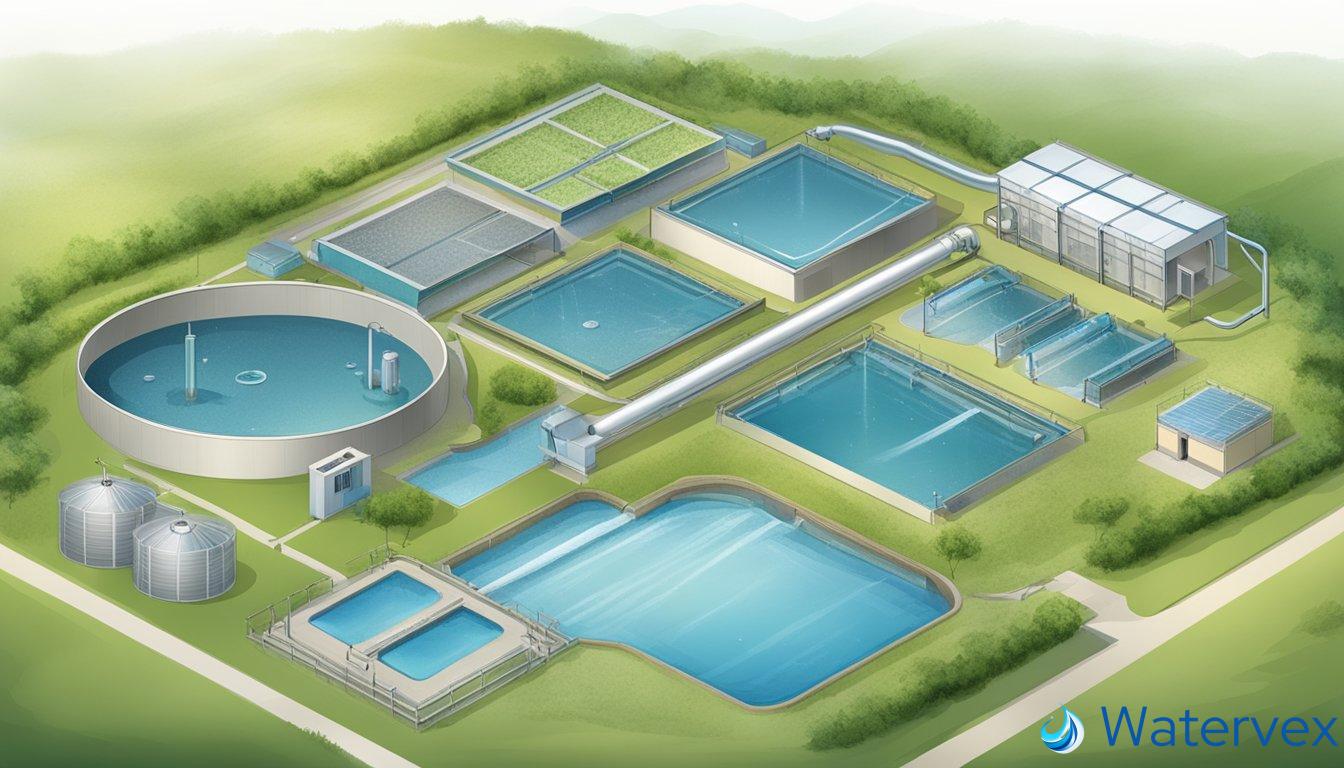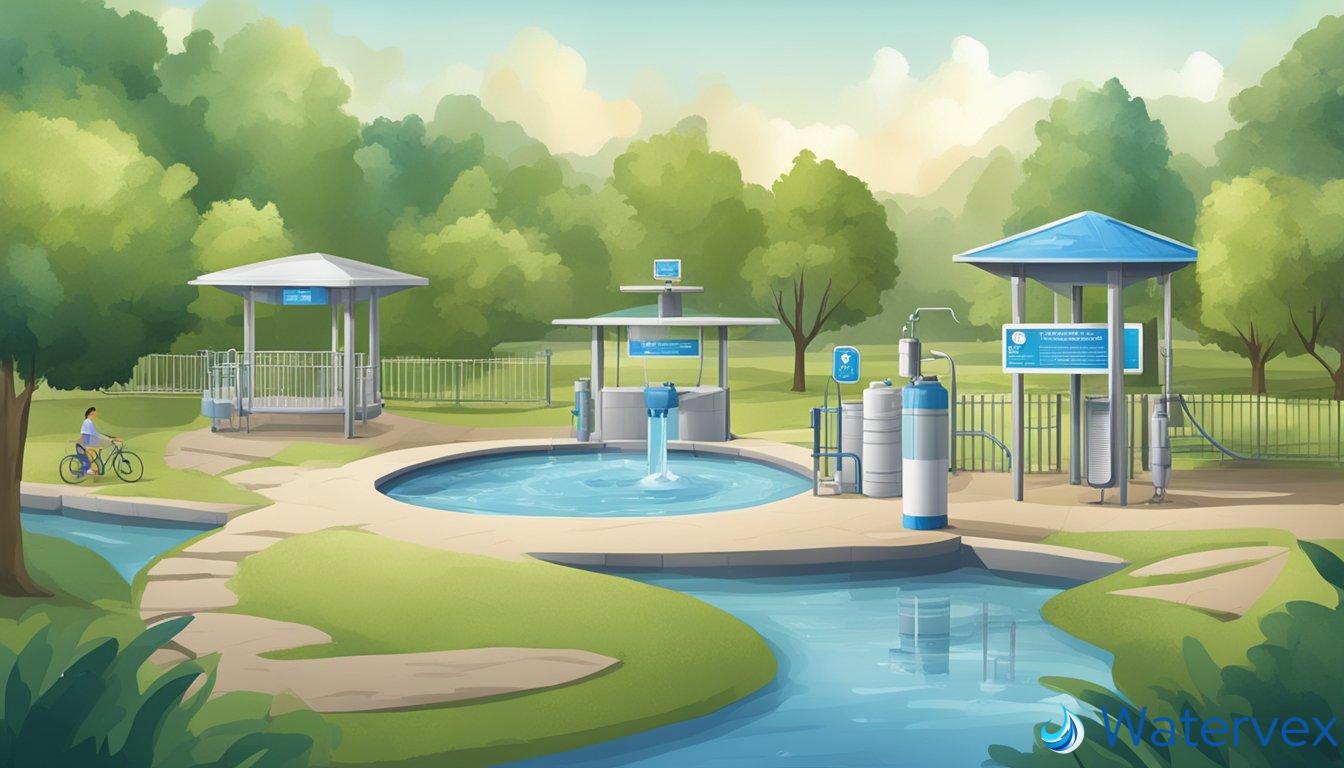Access to clean water is a fundamental human necessity, and the cost of purifying water can be a barrier for many households. Innovative approaches to free water treatment have become more important than ever, as they provide accessible means to purify and decontaminate drinking water without a financial burden. The key is to harness methods that remove contaminants effectively while still protecting the health and safety of those using the water.

At the core of no-cost water purification is the employment of chemical-free methods that are simple enough to be applied by individuals or communities. These can range from basic filtration systems using natural materials to more advanced DIY techniques based on recent research. Sustainability and efficacy are the main design principles, with a growing body of guidance provided by entities like the EPA to ensure practices meet water quality standards.
Key Takeaways
- Innovative, cost-free water treatment techniques are essential for safe, accessible drinking water.
- Chemical-free and DIY methods provide practical solutions for households and communities.
- Guidance from authoritative sources informs the design and effectiveness of these water treatment systems.
What Are the Options for No-Cost Water Treatment?

Exploring free water treatment options can be quite a mission. If you’re concerned about the safety and quality of your tap water, consider starting with basic water management techniques which don’t cost a penny.
For instance, harvesting rainwater can be an effective way to manage your water supply. You’ll be using nature’s gift and bypassing municipal water sources that might contain chemicals or minerals like calcium or magnesium. To ensure the collected water is safe, you might set up a DIY filtration system using sand, gravel, and charcoal.
Solar disinfection is another accessible technique. This method uses sunlight to treat water, which can be very effective against bacteria and viruses. Simply fill a clear plastic bottle with water, and leave it out in the sun for a day. The ultraviolet radiation helps neutralize many harmful pathogens.
If your concern is iron or lead in your water, corrosion control could help manage the problem without cost. Adjusting the pH of your water can sometimes prevent these metals from leaching from your pipes into your water supply.
You can also build your own treatment systems at home. For example:
- Sand filters can trap sediments and some pathogens
- Bio-sand filters can provide an enhanced level of treatment, where layers of sand and gravel purify the water
Building such systems requires minimal materials that might already be in your home or can be obtained for free. You can have peace of mind knowing you have crafted a support mechanism for clean water.
Remember, these options require regular maintenance to ensure they continue to be effective. Always research and follow guidance on how to properly use and maintain these free treatment methods for the best results.
How Can Households Implement DIY Water Purification Techniques?
Exploring cost-effective and simple solutions for water treatment enables households to maintain safer drinking water and understand the processes involved.
Understanding Chemical-Free Water Treatment
Chemical-free water purification focuses on removing contaminants without relying on chemical agents. This approach is significant for households wanting to avoid the potential risks associated with chemicals and maintain environmental sustainability. Enrollment in a simplified water treatment understanding helps you actively monitor the operation and effectiveness of your methods, ensuring that the water is safe for use while producing minimal waste.
For example, ultraviolet (UV) light can be used to disinfect water, eradicating harmful microorganisms without introducing chemicals. Another popular chemical-free method includes using activated charcoal, which adsorbs impurities from water as it passes through.
DIY Methods for Treating Water
Implementing DIY water purification involves a few essential steps that are cost-effective and accessible. First, mechanical filtration can be achieved by using a piece of cloth or a coffee filter to remove visible debris and sediment from the water. This process is often the preliminary stage in a multi-step purification system.
Next, understanding and applying natural disinfection methods, such as solar disinfection (SODIS), is critical. By filling transparent bottles with water and exposing them to sunlight for a minimum of six hours, you can harness UV radiation to kill pathogens without any added chemicals or expenses.
For a thorough purification, combining these methods with other techniques like boiling provides an extra layer of safety. Boiling is one of the most reliable methods to ensure water is free of harmful microorganisms, especially if you doubt the effectiveness of the previous steps.
Implementing these techniques at home offers a way to manage water quality actively and cost-effectively, mitigating potential health risks associated with untreated water.
Where Can You Find Community Resources for Complimentary Water Quality Services?

If you’re seeking assistance for free water quality services within your community, there are a few pathways you might want to consider. First up, there are dedicated organizations focused on access to safe drinking water. For instance, Water Systems Council provides a range of free resources, geared towards ensuring safe water for those using private wells.
Often, local government programs are in place to support water quality, offering advice and services to ensure your water is up to standard. The U.S. EPA has a service called WaterTA that aids communities in dealing with water challenges, enhancing their water systems through technical and financial capacities.
Moving onto another valuable resource, academic labs sometimes partner with communities to provide water testing and development of purification methods. They often conduct case studies and research, which can inform about the best practices in water treatment.
These entities introduce terms of use detailing what is provided at no cost, so you’ll have a clear understanding of the scope of services offered. Within your community, reaching out to these groups can provide you with tailored support that aligns with the latest scientific consensus.
For practical steps, you might:
- Contact local environmental agencies to ask about water testing services.
- Reach out to non-profits that focus on water quality.
- Participate in local meetups or forums to connect with others invested in water quality improvements.
Remember, these services aim to assist you in making informed decisions about water treatment and to help maintain the health of your home’s water supply.

